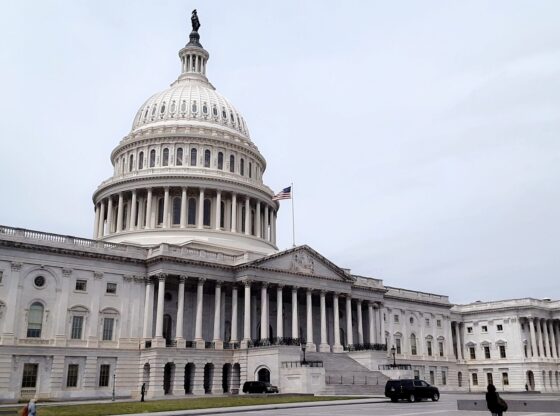The elusive ivory-billed woodpecker continued its complicated saga last week when a new study was published claiming to have multiple sightings of the bird in Louisiana, including video and audio evidence. But is it enough to save this bird from being labeled extinct?
Expert ornithologists and amateur bird-watchers alike have widely considered the ivory-billed woodpecker to be extinct, clear evidence of its presence in North America hasn’t been captured since 1944. Despite this, in 2012 a group of hopeful and enthusiastic researchers set out on a 10-year study to prove that the species is, in fact, alive and well in Louisiana’s forests.
Unfortunately, all their hard work only yielded blurry photos and videos, none of which clearly show that it’s the ivory-billed woodpecker and not a close relative.
University of Connecticut professor of conservation biology Chris Elphick stated “I don’t think this changes very much, frankly, I would love to be wrong.” Another pointed out that in 10 years they have been unable to capture any clear evidence.
This was a last-ditch effort to save the species from a label of ‘extinct’ by federal wildlife officials to maintain its protections as an endangered species. The ivory-billed woodpecker used to be abundant in the southeastern U.S., but due to logging efforts, their habitats were almost entirely destroyed in the 1930s and 40s. The last evidence seen in 1944 was a female alone on her perch, surrounded by downed trees from all the deforestation.
It is important to acknowledge the role of human activity in the extinction of the ivory-billed woodpecker and its many cousins lost to time worldwide. Humans have eliminated one-third of the world’s forests in the constant drive for more resources, and more land. In Louisiana in particular the forest was destroyed by the logging efforts of The Chicago Mill and Lumber Company despite the pleas of the National Audubon Society to save the land, Singers Tract. It was this logging event in 1944 that killed the last known population of ivory-billed woodpeckers, dooming them to a fate of extinction. An entire species was destroyed to harvest lumber and make room for growing soy, and that is only the beginning of the environmental genocide ruining our planet’s biodiversity. Despite this grim diagnosis for the bird’s future, some conservationists still hold out hope that this is not the end.
The bird was labeled ‘extinct’ officially in 2021 but was overturned in 2022 to again be listed as ‘endangered.’ As of 2023, ornithologists like those behind this research continue to try to prove the existence of these extremely rare birds, even as other conservationists’ faith wavers.
Regardless of its status, the ivory-billed woodpecker is revered nationwide as a symbol of the many bird species lost to human activity in North America. The Denver Museum of Nature and Science even includes a taxidermy specimen of the ivory-billed woodpecker in their ‘extinct’ birds collection. A photo of this particular specimen was also included in an exhibit at the University of Denver in 2010 that displayed photographs of the museum’s ornithological taxidermy collection, honoring the many birds lost to time.
The unfortunate reality of the situation is that even if the ivory-billed woodpecker does still exist, there are likely so few that saving them as a species would be nearly impossible. Still, if a label of ‘endangered’ protects them, however small their population may be, there is no harm in holding out hope a little longer. The planet is rapidly losing biodiversity because of the actions of humans, especially deforestation. If keeping that label saves more animals from extinction, and more forests from destruction, why not let it stand?











